AO Edited
Rokuon-ji Temple
This 14th-century temple is also known as the "Temple of the Golden Pavilion" for its gorgeous gilded reliquary hall.
Cipangu (or Zipang) is the name Marco Polo used in his Travels to describe a fabled “Land of Gold” just east of China, generally thought to be Japan. Mysteries and contradictions surround this legend, and it’s unclear as to why Japan was believed to be naturally rich in gold. The island had traditionally imported the precious metal from China.
It may have derived from the historic practice of gilding and alloying in Japan, evident in the gilt-bronze artifacts of ancient times and the electrum coinage of the Edo period. An example of this art form is seen in the Rokuon-ji in Kyoto, better known as the “Temple of the Golden Pavilion.”
About a century after Polo’s travels to the East, during the Muromachi period, shōgun Ashikaga Yoshimitsu purchased and renovated Kitayama-den, a vast villa located in the northern part of Kyoto. He used the villa for official meetings with Chinese traders, while also constructing a quiet garden with a gilded reliquary hall, or shariden (sarira in Sanskrit), which was completed in 1398.
After Yoshimitsu’s death, the villa was converted into a Zen Buddhist temple complex in accordance with his will. The temple was named Rokuon-ji, but eventually, became known as Kinkaku-ji. Its significance gradually faded, and by the Meiji era, it had lost most of its economic support. To help the temple financially it was opened to the public for the first time in 1894.
Following the end of World War II, tragedy struck Rokuon-ji Temple. The Golden Pavilion was burned down by a young monk, Hayashi Yoken, who claimed to have done it simply to shock the world. However, it was a more complicated case as Yoken suffered from several mental illnesses, including severe schizophrenia and persecution complex.
In order to understand the psychology behind his actions, author Yukio Mishima interviewed Yoken and wrote his famous novel, The Temple of the Golden Pavilion.
The reconstruction of Kinkaku was completed in 1955. The lavish gilding on its walls, which had been partially lost before the arson attack, were restored to their former glory.

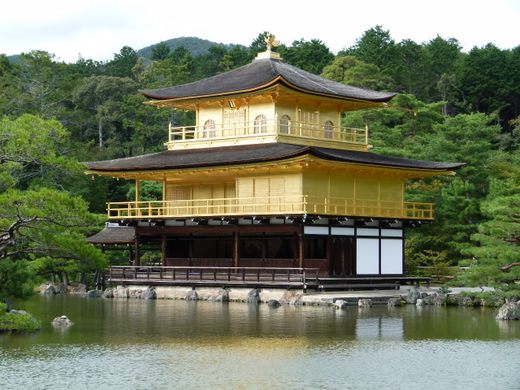
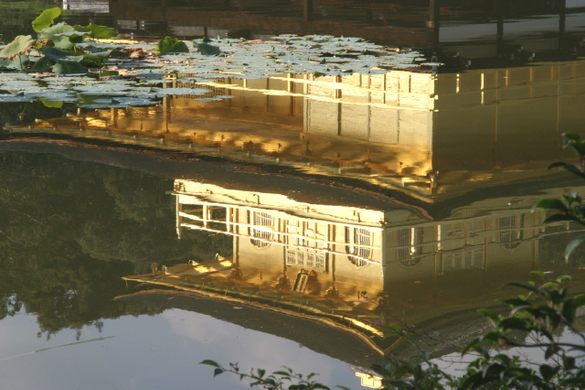
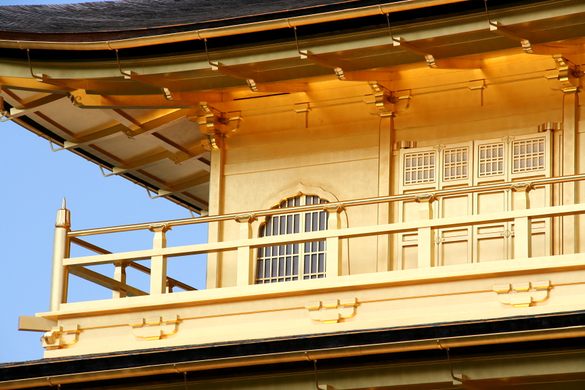


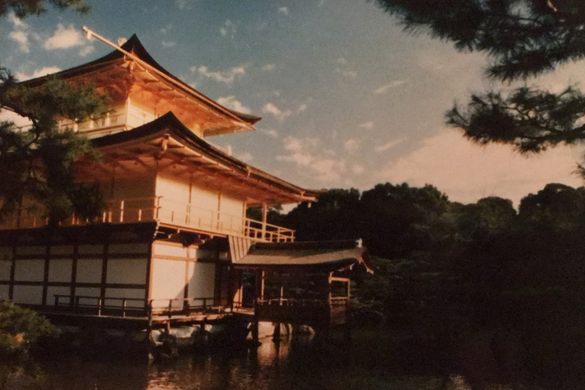
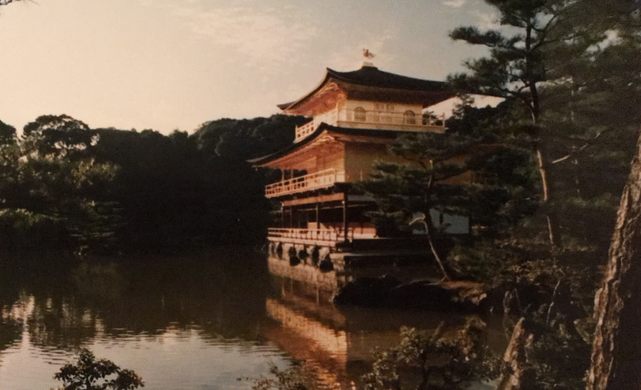
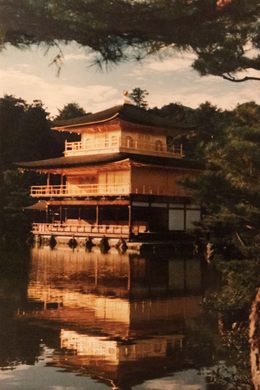






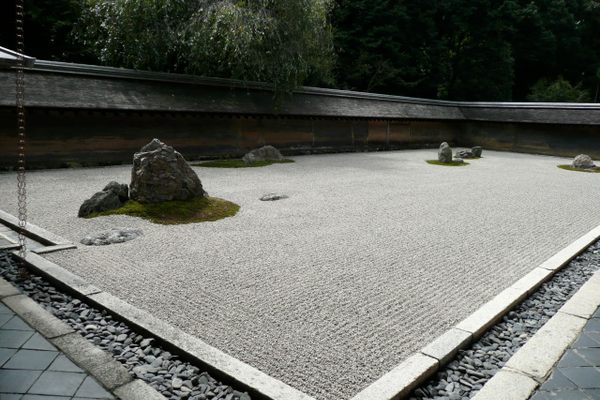



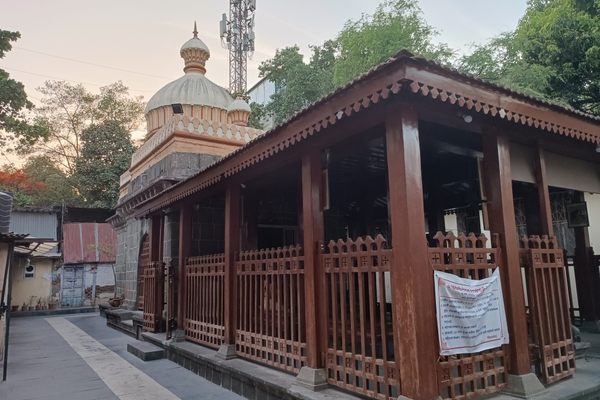


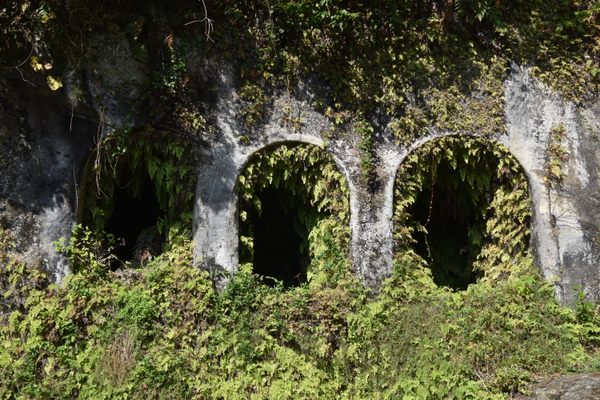

Follow us on Twitter to get the latest on the world's hidden wonders.
Like us on Facebook to get the latest on the world's hidden wonders.
Follow us on Twitter Like us on Facebook